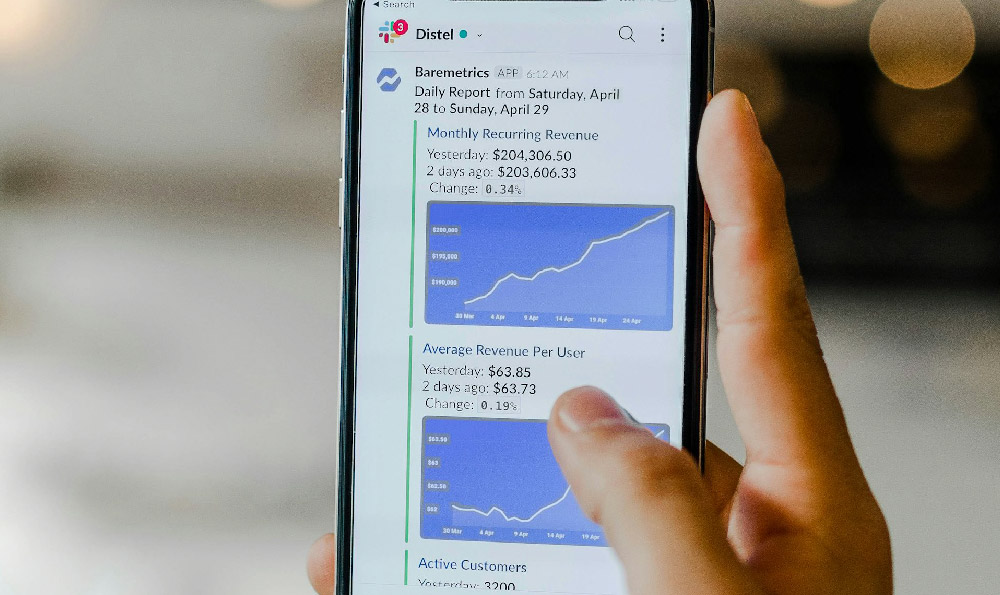Advertising can undoubtedly be a lucrative revenue stream for many individuals and businesses. Whether you’re a content creator, a website owner, or a small business seeking to expand your reach, ads offer a pathway to monetization. However, the simple question of "Are Ads the Answer?" to making money requires a more nuanced exploration. The success of ad-based revenue models hinges on several critical factors including your target audience, content quality, platform specifics, and a strategic approach to optimization.
Consider content creators on platforms like YouTube, Twitch, or personal blogs. For these individuals, advertising revenue is often generated through platforms like Google AdSense or direct sponsorships. YouTube, for example, allows creators to monetize their videos by displaying various types of ads – display ads, overlay ads, skippable video ads, non-skippable video ads, bumper ads, and sponsored cards. The revenue earned depends on several metrics, most notably the Cost Per Mille (CPM), which is the amount an advertiser pays for one thousand views or impressions of an ad. CPM rates vary significantly based on factors such as the video's topic, the viewer's demographics, and the geographical location of the audience. A video targeting a business audience in the United States will generally command a much higher CPM than one targeting a general audience in a developing country. Furthermore, a content creator needs a substantial subscriber base and high view counts to generate significant income from YouTube ads. Without a critical mass of viewership, ad revenue can be negligible.
The quality of the content is also paramount. High-quality, engaging content attracts more viewers and keeps them watching for longer periods, thereby increasing ad impressions and revenue. Creators need to consistently produce content that resonates with their target audience, building a loyal following that actively engages with their videos or articles. This engagement translates into more ad revenue, as viewers are more likely to watch ads that are relevant to their interests. Moreover, algorithms on platforms like YouTube prioritize content that is watchable and retains viewers, further incentivizing creators to focus on quality.

Website owners can similarly leverage advertising to generate revenue. Display ads, often served through platforms like Google AdSense or other ad networks, are a common method. Similar to YouTube, revenue depends on CPM rates, which are influenced by factors such as website traffic, audience demographics, and the niche of the website. Websites targeting specific industries or audiences, such as finance or technology, tend to attract higher CPM rates compared to general-interest websites. Furthermore, website owners can explore affiliate marketing, where they promote products or services and earn a commission on sales generated through their unique affiliate links. This approach can be particularly effective if the website caters to a specific niche and has a loyal audience that trusts the owner's recommendations.
Beyond simply placing ads on a website or video, strategic optimization is critical for maximizing revenue. Ad placement, for instance, can significantly impact click-through rates (CTR) and overall revenue. Strategically positioning ads in areas that are highly visible but not intrusive can improve engagement without negatively impacting user experience. A/B testing different ad placements, formats, and ad network partners can help website owners identify the most effective strategies for their specific audience and content.
Another critical consideration is the potential impact of ads on user experience. Overly intrusive or irrelevant ads can annoy visitors and drive them away, ultimately harming the website's long-term success. Balancing the need for revenue with the importance of providing a positive user experience is crucial. Implementing ad blockers is increasingly common among internet users, further reducing the potential revenue from advertising. Content creators and website owners must be mindful of this trend and explore alternative monetization strategies, such as subscriptions, memberships, or selling digital products.
For small businesses, advertising is not necessarily about direct revenue generation but about driving traffic, generating leads, and increasing sales. Paid advertising campaigns on platforms like Google Ads or social media platforms can be highly effective for reaching a targeted audience and promoting products or services. However, the success of these campaigns depends on careful planning, precise targeting, and continuous optimization. Businesses need to clearly define their target audience, create compelling ad copy, and track key metrics such as click-through rates, conversion rates, and return on ad spend (ROAS). Without a well-defined strategy and ongoing analysis, paid advertising can be a costly and ineffective endeavor.
Alternatives to traditional advertising models include selling products or services directly, offering subscriptions or memberships, creating and selling digital products (eBooks, courses, software), providing consulting or freelance services, and engaging in crowdfunding. These strategies offer greater control over pricing and revenue generation and can be particularly appealing for creators and businesses who value independence and direct engagement with their audience.
In conclusion, whether advertising is "the answer" to making money is highly context-dependent. It can be a viable revenue stream for content creators, website owners, and small businesses, but success requires high-quality content, a sizable audience, strategic optimization, and a careful balance between revenue generation and user experience. Furthermore, the increasing prevalence of ad blockers and the availability of alternative monetization strategies suggest that relying solely on advertising is often insufficient. A diversified approach that combines advertising with other revenue streams is generally the most sustainable and resilient strategy for achieving long-term financial success. Analyzing your specific situation, understanding your audience, and diligently testing and refining your approach will ultimately determine whether advertising can be a significant contributor to your overall financial goals.












